
Themes
tribal paintings
Edising - Savara Art , andhra pradesh
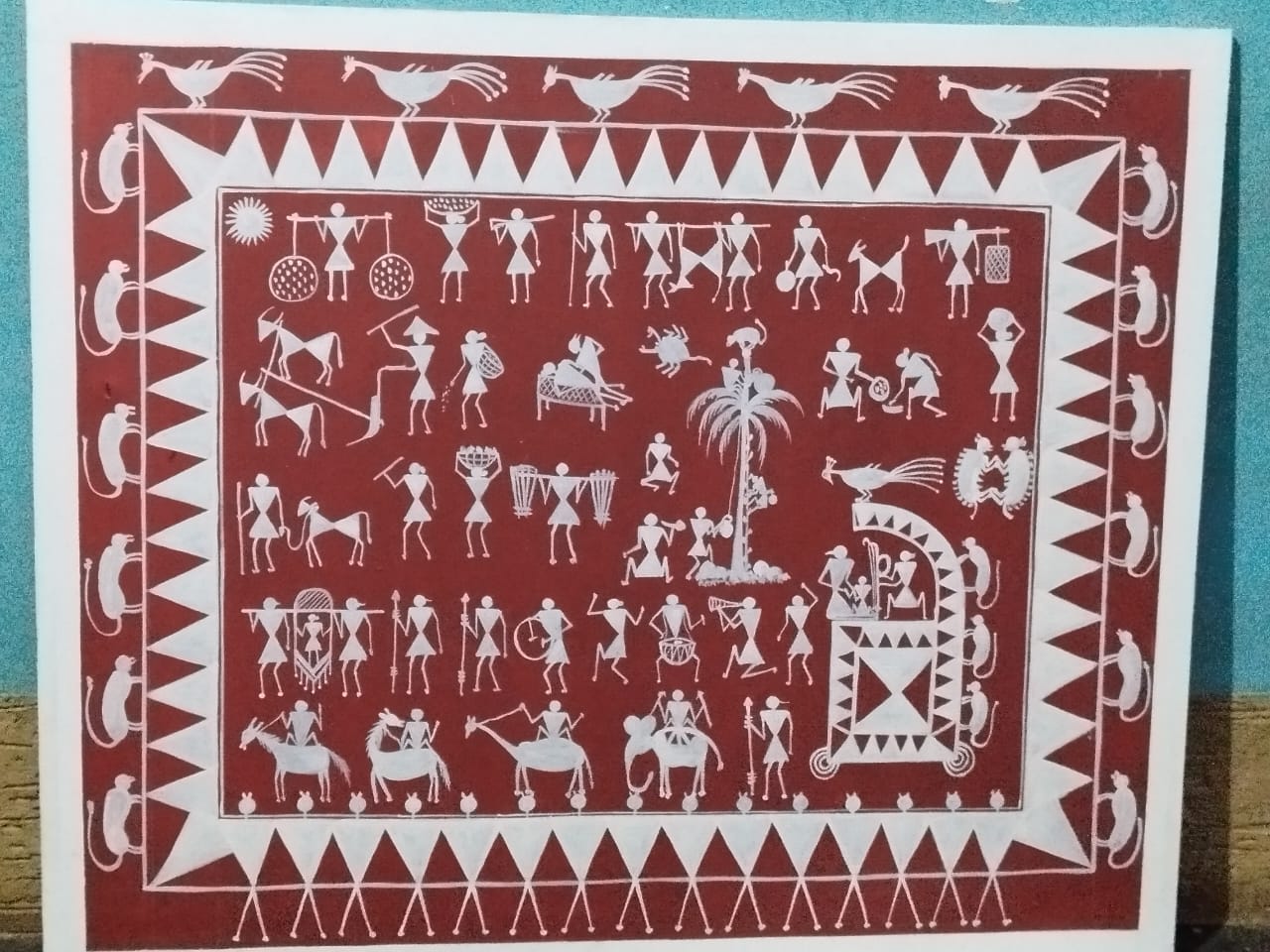
Edising, or Edisinge, also known as Savara art, is a rich and traditional wall painting art form followed by the Konda Savara tribe of Andhra Pradesh, specifically to represent mythological tales, routine life, and religious faith. The Konda Savara, a Particularly Vulnerable Tribal Group (PVTG) inhabit Parvathipuram Manyam district former Srikakulam and Vizianagaram districts of the Andhra Pradesh state. They are also a means by which a community can document its cultural heritage, honoring ancestral roots and spiritual practices. Edising has cultural and historical importance, linking current generations to past time and upholding old tales through an expressive visual form. These pieces are frequently held dearly in homes, temples, and communal ceremonies.
The Konda Savara community, which is native to Andhra Pradesh, is among India's older communities for their strong affiliation with nature, rich folklore, and extensive artistry. The Konda Savara traditionally engage in farming and are particularly identified with their own unique cultural practices, such as Edising art. Their special heritage consists of a mix of animistic and Hindu principles, which emphasize worship of nature and collective rituals. Edising art captures this close-knit society's culture, working to preserve their distinctiveness in an evolving world.
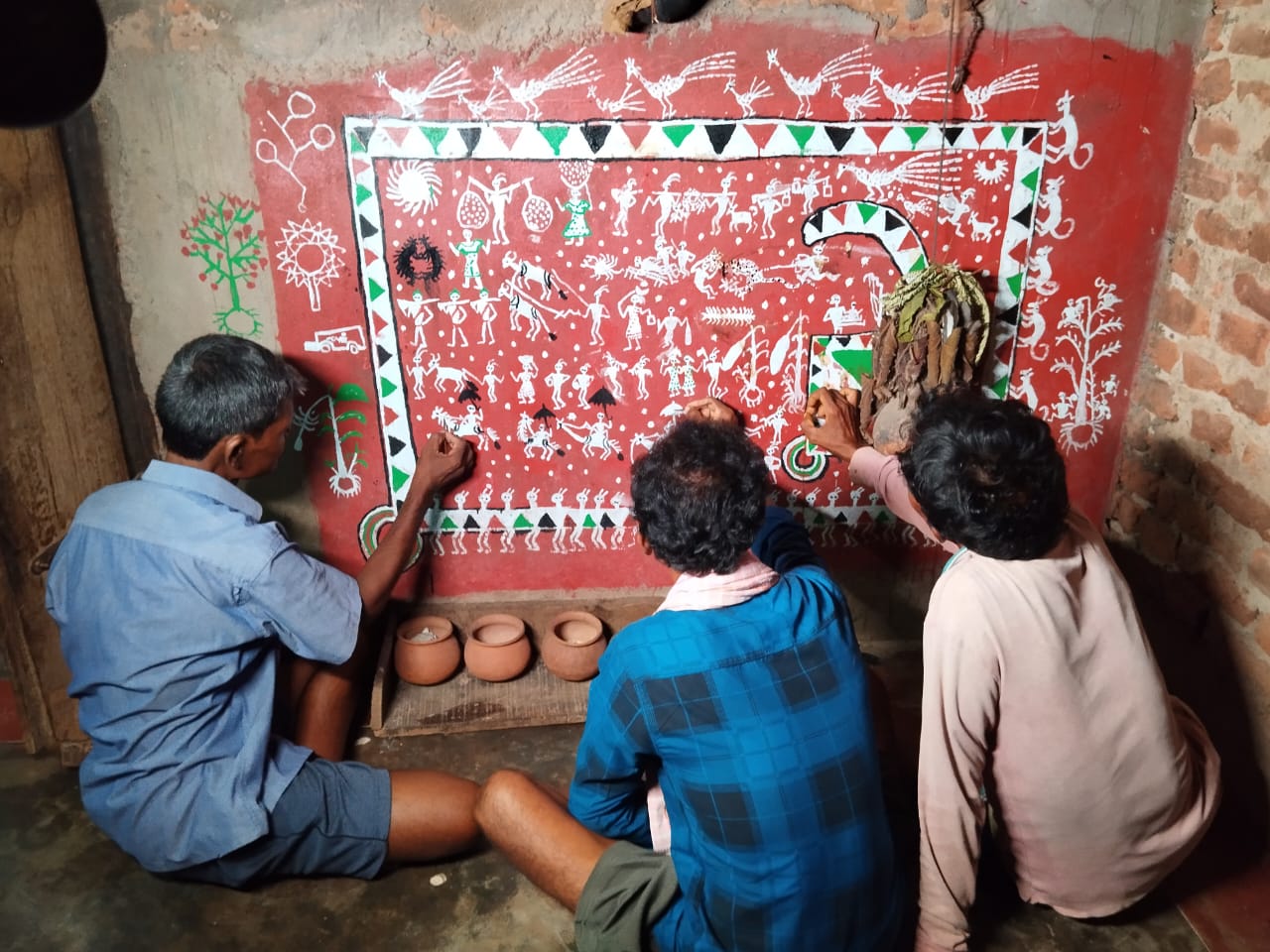
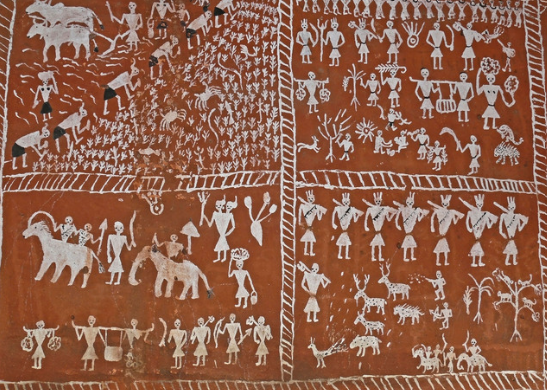
The making of Edising art is easy but utilitarian, using natural materials found in the environment. Rice flour, charcoal, and plant dyes are commonly used by artists to achieve black and white outlines and designs, with addition of vegetable and mineral pigments at times for color. Tools could consist of simple brushes crafted out of locally found materials. Applying these natural elements not only attests to ecologically friendly habits but also imbues the art with a homespun, real-world appeal that maximizes the artwork's ability to relate to Savara culture and nature.
Edising art typically depicts themes like mythology, everyday activities, local celebrations, and the natural world. The paintings include gods, ancestors, animals, and natural objects, which are frequently set out in symmetrical, narrative compositions. Festive occasions, communal celebrations, and farming activities are also favorite themes, so every painting is a visual account of Savara existence. The compositions stress harmony with nature, showing flora and fauna as part of community existence, mirroring Savara philosophy regarding the interdependence of life.
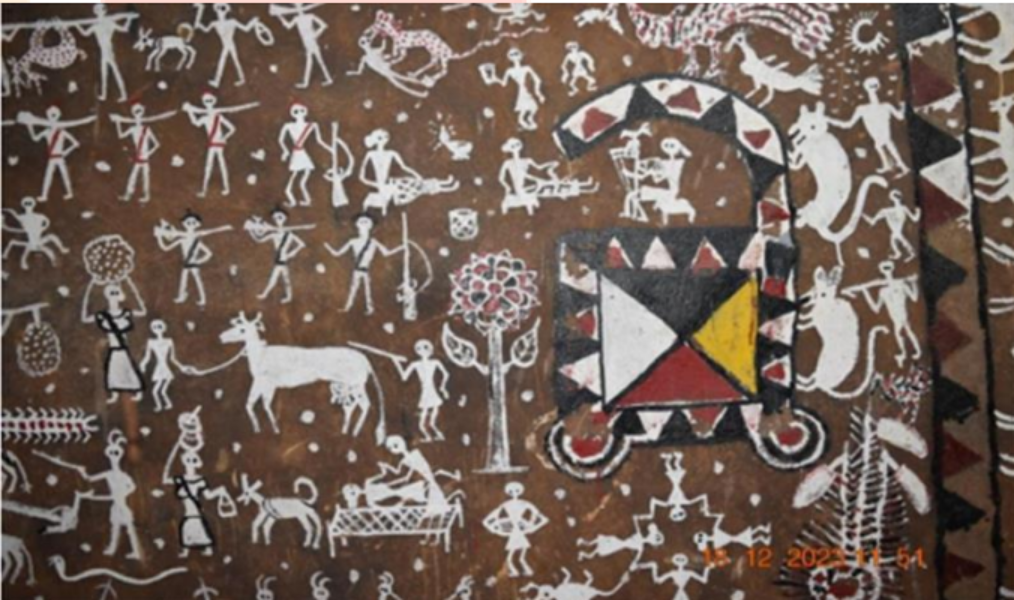
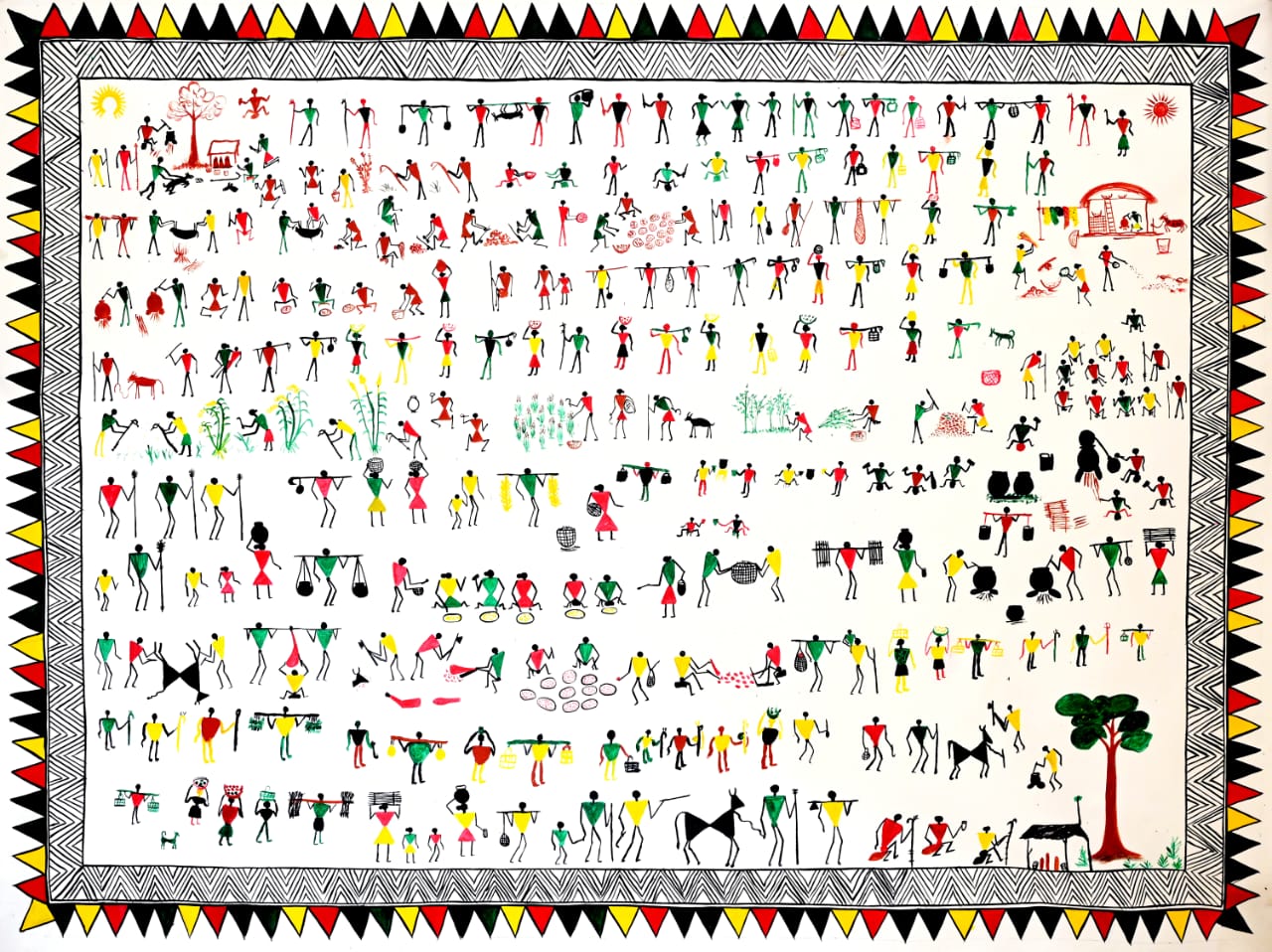
Every symbol in Edising art carries immense meaning, frequently signifying spiritual faith, safety, and good fortune. Gods and forebears depicted in Edising paintings become protectors of the people, feared to bless the community. The symmetrical patterns reflect equilibrium and structure in life, reflecting the tribe's reverence for natural balance. Through such representations, Edising painting goes beyond its beauty, serving as a symbol of culture representing the Savara's identity, religion, and way of looking at the world to future generations.

